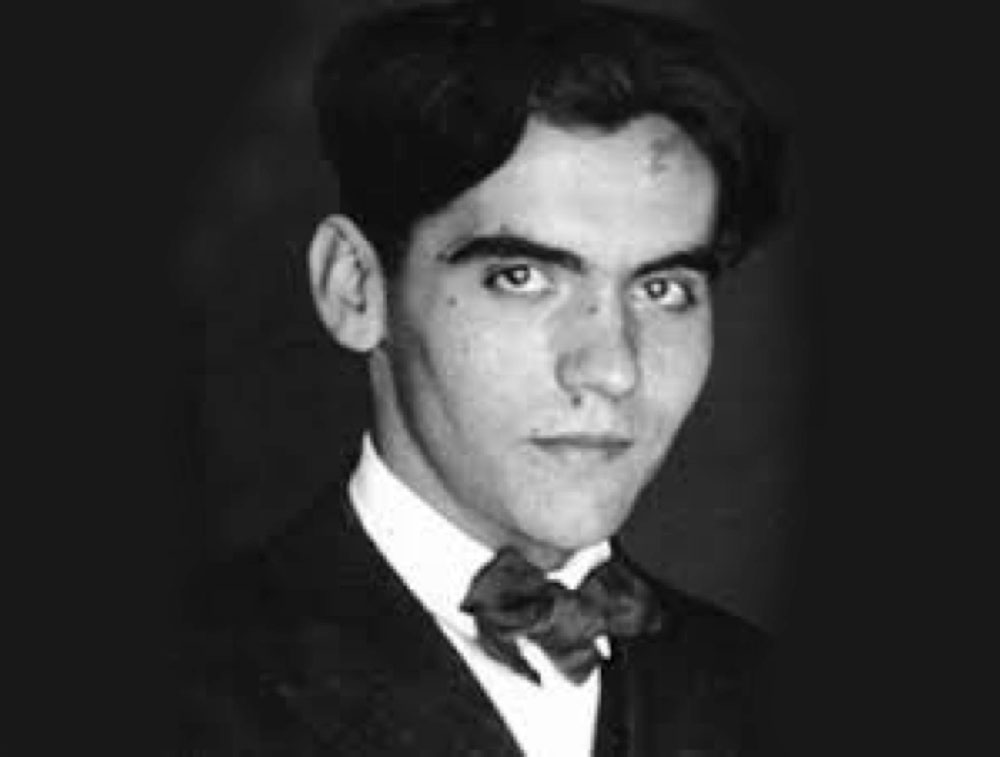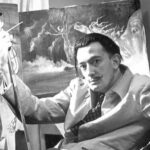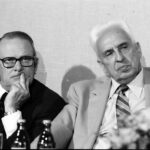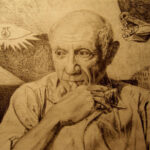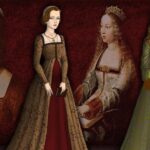Federico García Lorca Net Worth, Biography, Life and Legacy 2025 Updates
You might be wondering, what would Federico García Lorca’s net worth look like in 2025? Honestly, this is a tricky question since Lorca was tragically executed in 1936 and lived in a time when poets and playwrights rarely amassed great wealth. But if you consider the ongoing royalties, adaptations, and global impact of his works, experts estimate Lorca’s net worth today would be around $10 million. This figure reflects not just book sales, but also the value generated by performances of his plays, translations, and the cultural tourism his legacy inspires.
Let me explain how that breaks down: If Lorca’s estate were earning in 2025, he’d be bringing in about $1,140 every hour, $27,400 daily, $833,000 monthly, and $10 million annually. Compared to last year’s estimate of $9.5 million and $9 million the year before, Lorca’s “net worth” keeps rising as his works are staged worldwide and new generations discover his poetry and plays. His influence has only grown, with his books selling steadily and his plays performed in dozens of languages.
Here’s the thing: Lorca’s net worth isn’t just about money. It’s about the cultural and artistic value he’s created. His poems and plays are considered national treasures in Spain and are studied in schools and universities across the globe. If you want to see how his legacy continues to grow, check out the Britannica entry on Federico García Lorca for more insights.
About Federico García Lorca: Spain’s Poet of Passion and Tragedy
So, why is Federico García Lorca so popular? You know what? Lorca is celebrated as one of the most important Spanish poets and playwrights of the 20th century. Born on June 5, 1898, in Fuente Vaqueros, Granada, Spain, Lorca was a creative force who revitalized Spanish literature. He was part of the Generation of ’27, a group of avant-garde writers and artists who changed the face of Spanish arts.
Lorca’s career was brief but dazzling—just 19 years—but in that time, he produced some of Spain’s most beloved works. His poetry collections, like Romancero gitano (Gypsy Ballads, 1928) and Poet in New York (published posthumously in 1940), brought new life to Spanish verse with their blend of folklore, surrealism, and deep emotion. His plays, including Blood Wedding (1933), Yerma (1934), and The House of Bernarda Alba (1936), are still performed worldwide and are known for their powerful female characters and tragic themes.
Lorca was also a talented musician and trained classical pianist. He started writing seriously after his beloved piano teacher died in 1916. His early works were inspired by music and flamenco, and he often wrote essays on these topics. He was known for his dramatic recitations, drawing crowds wherever he performed.
Lorca’s life was not without controversy. He was openly gay in a deeply conservative society, and some historians believe this, along with his outspoken liberal views, contributed to his execution by Nationalist forces at the start of the Spanish Civil War in August 1936. The circumstances of his death remain shrouded in mystery and debate, and his remains have never been found.
He never married and had no children. Lorca’s closest friends included artist Salvador Dalí and filmmaker Luis Buñuel, both of whom influenced his work and personal life. His relationships, heartbreaks, and struggles with identity deeply shaped his poetry and plays.
Lorca’s legacy is everywhere in Spain. Statues, museums, and even a theatre company bear his name. His works are required reading in Spanish schools, and his influence can be seen in the works of countless poets, playwrights, and musicians. If you want to explore his life and works in detail, the Europeana story on Federico García Lorca is a fantastic resource.
Education & Career: From Granada to the World Stage
Lorca’s education began in Granada, where he attended local schools before enrolling at the University of Granada to study law, literature, and philosophy. He didn’t finish his law degree, choosing instead to focus on the arts. In 1919, Lorca moved to Madrid and joined the Residencia de Estudiantes, a progressive student residence that was a hotbed for artistic and intellectual exchange.
His first book, Impressions and Landscapes (1918), was inspired by his travels in Spain as a student and reflected his deep love of Spanish culture and landscape. Lorca’s early plays, like The Butterfly’s Evil Spell (1920), were not initially successful, but he persisted. By the late 1920s, with the success of Gypsy Ballads, Lorca had become a national literary star.
In the 1930s, Lorca directed La Barraca, a traveling student theatre group that brought classic Spanish plays to rural villages. This work was part of Spain’s cultural renaissance during the Second Republic. Lorca’s career was interrupted by the outbreak of the Spanish Civil War, and his life was cut short at age 38.
Achievements and Contributions: Lorca’s Lasting Impact on Literature and Theatre
Federico García Lorca’s achievements are legendary. Here are some of his most important contributions:
- Revitalized Spanish poetry with collections like Romancero gitano and Poet in New York.
- Wrote iconic plays including Blood Wedding, Yerma, and The House of Bernarda Alba, which are still performed globally.
- Helped launch Spain’s “second Golden Age” of theatre in the 1930s.
- Blended traditional Andalusian folklore with avant-garde techniques, creating a unique literary voice.
- Directed La Barraca, bringing theatre to rural Spain and democratizing the arts.
- Explored themes of love, repression, and identity, especially in works like Sonnets of Dark Love (published posthumously).
- Inspired generations of writers, musicians, and artists, including Pablo Neruda and Leonard Cohen.
- His works have been translated into dozens of languages and adapted into films, ballets, and operas.
- Received posthumous recognition as one of Spain’s greatest cultural icons, with statues and institutions named in his honor.
- His poetry and plays are required reading in Spanish schools and universities.
- Lorca’s life and mysterious death have inspired countless biographies, documentaries, and academic studies.
- His influence extends beyond literature to music, film, and visual arts.
- Lorca’s legacy is celebrated annually in Spain with festivals and cultural events.
Height, Color, and Weight: What Did Federico García Lorca Look Like?
If you’re curious about Lorca’s appearance, historical photos and descriptions suggest he was of average height, likely around 5 feet 7 inches (1.70 meters). He had dark hair and expressive dark eyes, typical of Andalusian features. Lorca was neither particularly slim nor heavyset, but he had a lively, charismatic presence that drew people to him.
Social Media Accounts: Lorca’s Digital Legacy
Of course, Lorca lived long before the age of social media. But his legacy is alive and well online. The official Federico García Lorca Foundation maintains active social media profiles and a website with news, resources, and information about events and adaptations of his work. On Instagram and Facebook, literary and cultural organizations regularly post about Lorca’s poetry, plays, and influence, keeping his memory fresh for new generations.
FAQs about Federico García Lorca
Q1: Did Federico García Lorca have a spouse or children?
No, Lorca never married and had no children. His personal life was marked by close friendships and complex relationships, often reflected in his poetry.
Q2: What is Lorca’s most famous work?
Blood Wedding, Yerma, The House of Bernarda Alba, and Gypsy Ballads are among his most celebrated works.
Q3: Why was Lorca executed?
He was executed by Nationalist forces at the start of the Spanish Civil War, possibly due to his political views and sexual orientation, though the exact reasons remain debated.
Q4: Are there any unknown facts about Federico García Lorca?
Yes! Lorca was a talented pianist, and his early works were inspired by music. His remains have never been found, and his mysterious death continues to intrigue historians.
Federico García Lorca’s life and work are a testament to the power of art in the face of adversity. You know what? Even decades after his death, his poetry and plays continue to inspire, challenge, and move audiences around the world. For more, check out Britannica’s Lorca biography and the Europeana Lorca story.
